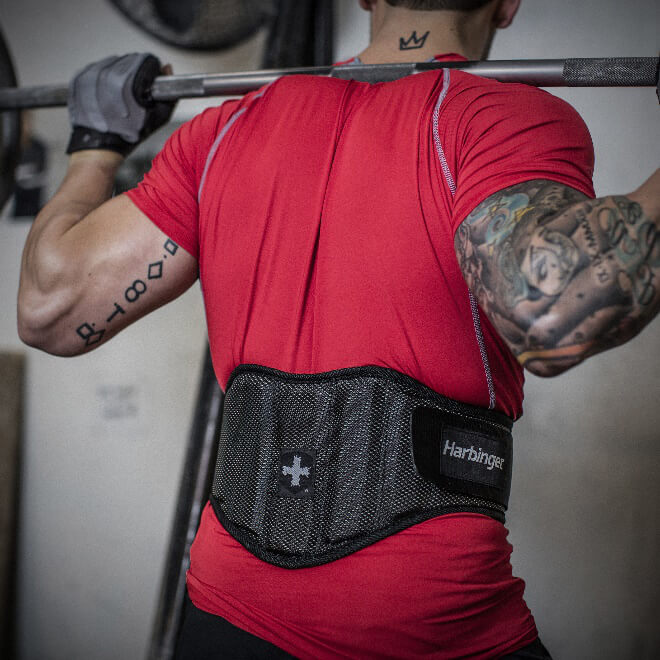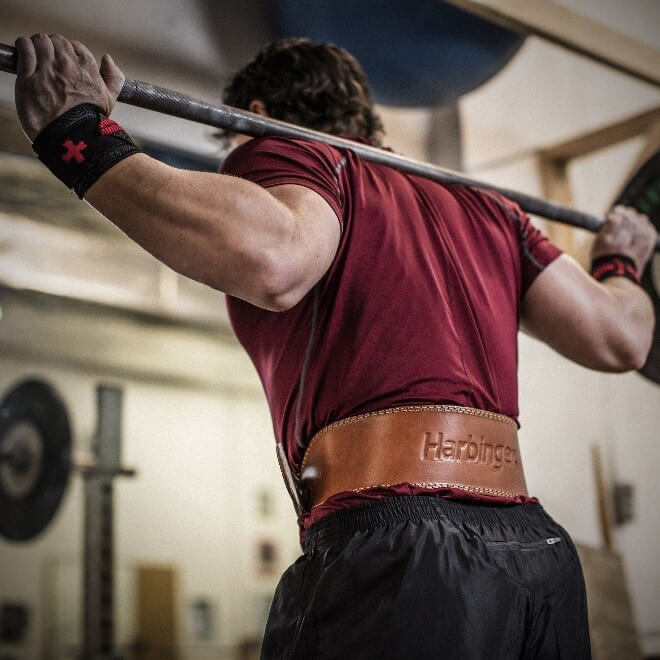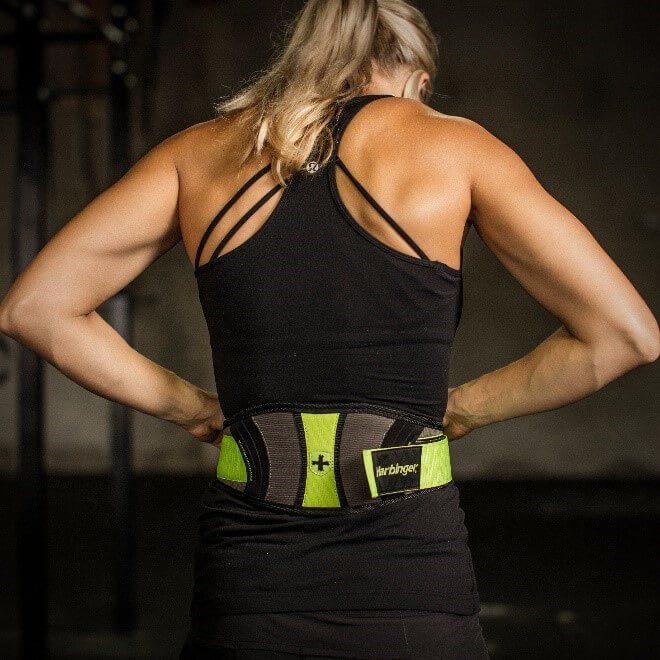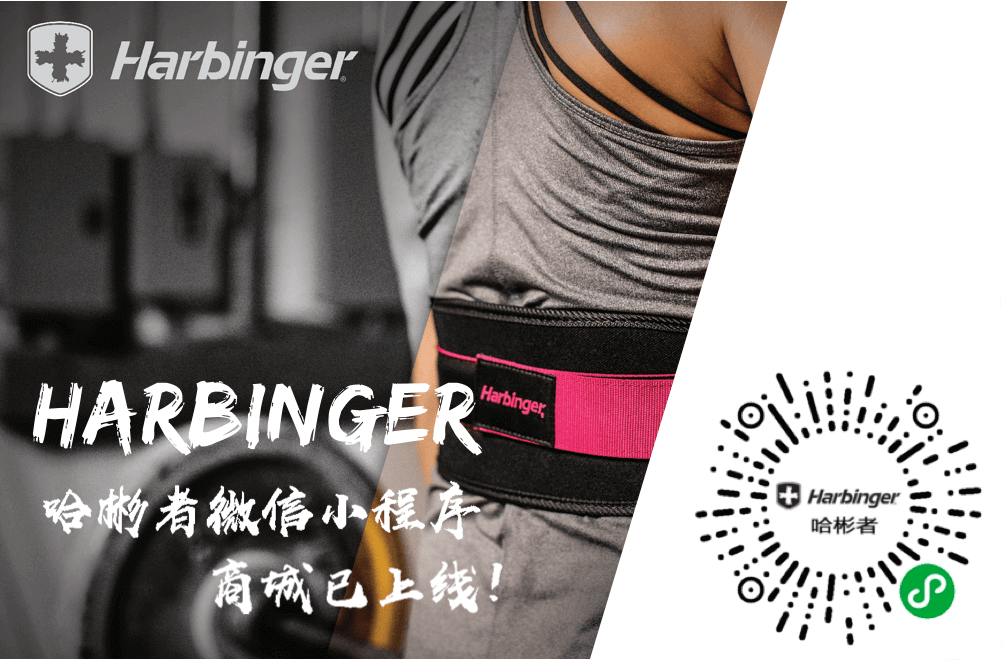Which Is the Best Weightlifting Belt for You?
Did you notice that more and more gym goers are wearing belts these days? One can’t help but wonder if belts are just fashion accessories to match with their gym outfits or if they have real functions in training. In this article, you will discover why weightlifting belts are instrumental and how to choose the right belt for different activities.
In weightlifting, whether it is exercising, training or during competition, you should always put on a belt. Why is this important? Because functions of belts are for protection and enhancing performance.
You often see on TV or in real life that professional weightlifters perform powerlifting like squat and deadlift with their belts on. The reason why even professional weightlifters wear belts is that they help weightlifters tighten and pull in their abs without disrupting their breathing and movements – a phenomenon called engaging the core, while at the same time supporting the back. The positive effect is that athletes can increase the effectiveness of every rep and perform at their best.
As for weightlifting beginners, the focus is on using belts for protection from injuries.
Harbinger, a market leader in the fitness and wellness industry, has different types of belts catered for individuals for different functions including lifting, heavy lifting, and strength training.
What are the Functions of Weightlifting Belts?
- Help to increase the intra-abdominal pressure to help stabilize the spine when lifting heavy loads.
- Prevent injuries to the lower back of the body by reducing stress on the spine.
- Offer emotional support at competitions. Putting on a belt makes athletes feel safe and protected, so they can challenge themselves to the next level or to their extreme.
It's a myth that the wearing of weightlifting belts will weaken the lower back. The fact is: there is no correlation between wearing belts and weakened core. A weakened core can be simply due to insufficient core training. Then what exercises can strengthen the core? Nice six-pack or toned abs is certainly far from enough. Ab crunches, sit ups, and exercising a variety of muscles that run the entire length of the torso from hips to shoulders in brief, are some of the exercises that can help build up the core.
Athletes competing at Olympic weightlifting sessions rarely go on stage without a belt even though they usually have a strong core. This can surely prove that belts can help protect as well as enhance users’ performance.
How Many Types of Weightlifting Belts Are Available from Harbinger?
There are 2 types of weightlifting belts: for lifting and for heavy lifting. Lifting belts can be sub-classified into 2 categories: Regular and Contour. Regular lifting belts are featured for the protection of the core, protecting users from injuries while offering comfort and flexibility. These belts use synthetic materials like heavy-duty nylon web and ultra-light foam that are easy to care for. Products in this category include 4” Nylon Belt, 5” Foam Core Belt and Women's 5” Foam Core Belt.
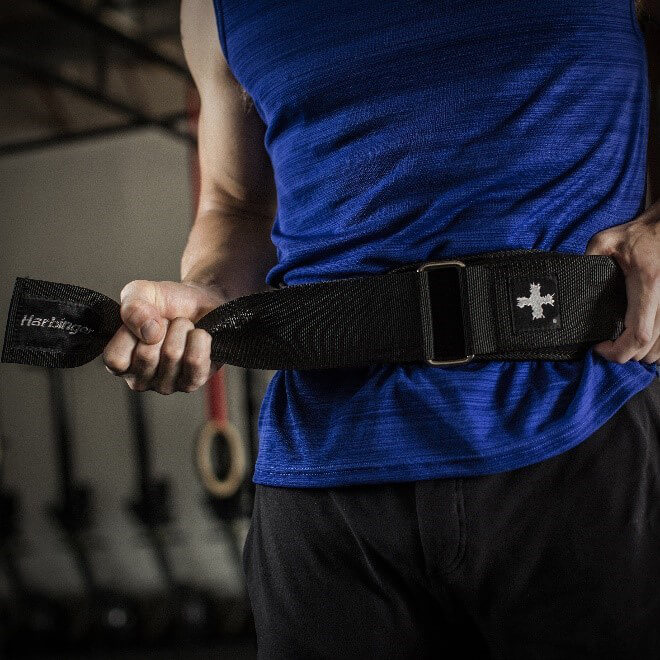
Tensioning and belt adjustments of the 5” Foam Core Belt are made easy with heavy gauge steel roller buckle
The second category, Contour lifting belts are ergonomically designed with contoured panel that provide maximum support and comfort to stabilize the core muscles, fit the natural shape of the body and offer flexibility during strength training. Signature products in this category include 7.5 Firm Fit Contour Belt, Men's Contour FlexFit Belt and one made specially for women, Women's Contour FlexFit Belt, mainly for seasoned weightlifters.
Harbinger 7.5" Firm Fit Contour Belt is an ergonomically designed, customized form fitting belt that provides protection and comfort for weightlifters
Features for heavy weightlifting belts are primarily focused on enhancing users' performance. Not all heavy weightlifters are professionals as many compete at amateur or semi-pro level. This group is motivated to push boundaries, determined to achieve goals and empowered to do more. Their purpose of weightlifting is “Lifts to Lift” and that means weightlifting is their primary form of fitness activities or income. To them, performance enhancement is the sole concern when choosing a belt for weightlifting.
Harbinger is one of the pioneers using leather for weightlifting belts. These belts are made of genuine split leather with contour back panel that can support the lower back and maintain users' proper posture. The sturdy leather provides intra-abdominal pressure in the abdomen that can stabilize the mid-section and helps with performance enhancement. Bear in mind that you must be prepared to experience bruises in the first few uses due to the sturdiness of leather. Leather belts come in 2 sizes: 4” Padded Leather Belt and 6” Padded Leather Belt. 6” belts have more coverage as they are for larger bodies.
The 4” Padded Leather Belt offers firm yet comfortable support and protection for the lower back for weightlifting
Weightlifting Belts are Not Only for Men!
It is trending in the fitness world that women also take up lifting or even heavy lifting. Leveraging on this insight, Harbinger is again one of the pioneers offering weightlifting belts for women. There are 2 models: Women's 5” Foam Core Belt and Women's Contour Flexfit Belt. Both use flexible, ultralight foam for the protection of the back, providing comfort and enhancing performance. The Contour Flexfit belt is ergonomically designed with a 5” contour panel that allows full range of motion. What's more? They are available in fashionable colors, specifically catered for women.
The Women's Contour Flexfit Belt is ergonomically designed especially for women
We hope by now you know the importance of choosing the right belt for your activities, whether it be lifting, heavy lifting or strength training. Perhaps you will consider buying a woman's belt for your girlfriend, spouse or partner for New Year as an encouragement for her to rep another set?

